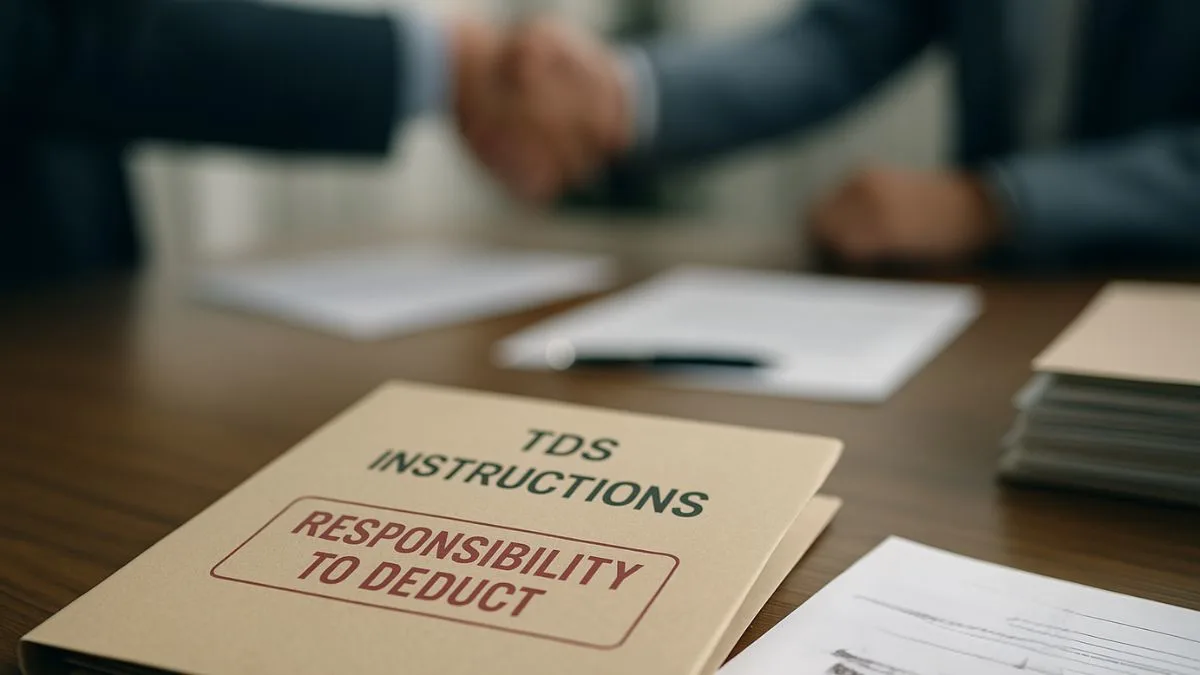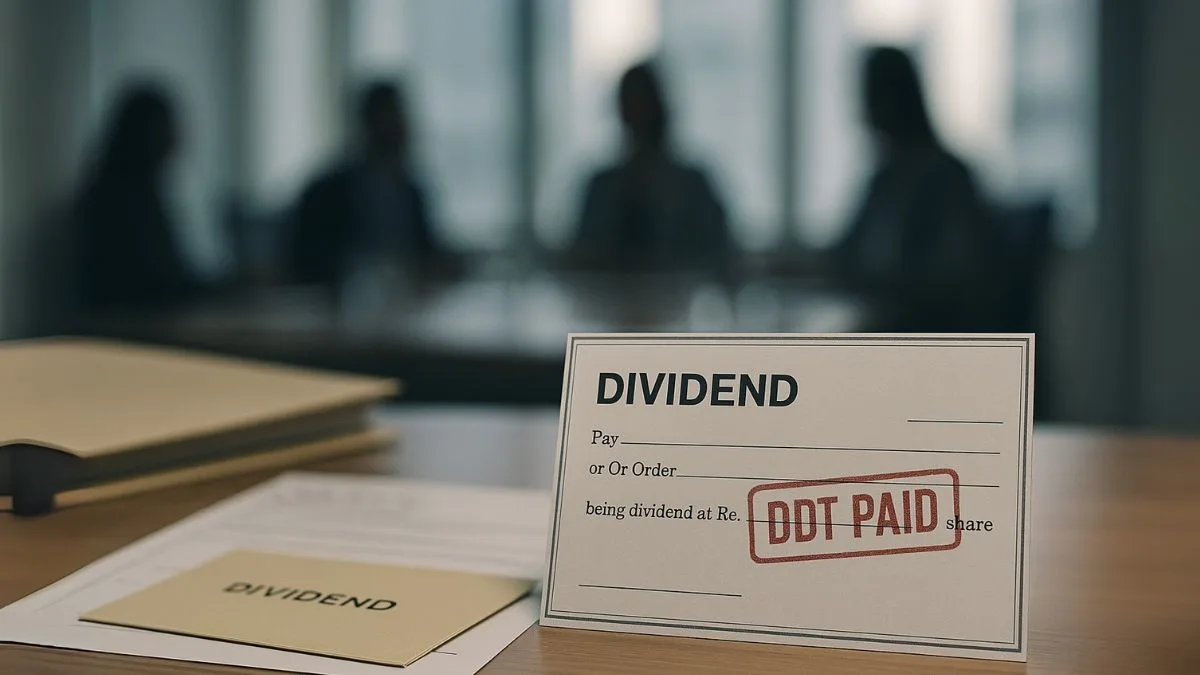
When it comes to international taxation, India’s Income Tax Act has specific provisions for non-residents earning income in India. One such important provision is Section 115A of the Income Tax Act. This section addresses the taxation of particular types of income, such as dividends, interest, royalties, & fees for technical services that non-residents and foreign companies earn from India.
Let’s break down the logic, intent, & impact of Section 115A in simple terms.
What Is Section 115A of the Income Tax Act?
Section 115A is a special taxation provision. It provides the tax rates applicable on interest, dividends, royalties, & fees for technical services earned by a non-resident individual or foreign company from an Indian source.
In most cases, this income is taxable at concessional or fixed rates instead of normal slab rates. The aim is to make India an attractive destination for foreign investment while still collecting tax on outbound income.
What Does Section 115A Cover?
Here’s a simplified list of what types of income fall under Section 115A:
- Dividends received from Indian companies
- Interest on loans given to Indian companies or the Government of India
- Royalty income from patents, trademarks, software, etc., used in India
- Fees for technical services rendered to Indian businesses
It applies when the payment is made to:
- Non-resident individuals
- Foreign companies
- Entities that do not have a Permanent Establishment (PE) in India
Tax Rates under Section 115A
The tax rates are fixed & concessional to encourage foreign participation:
- Interest Income – 20%
- Royalty or Fees for Technical Services (FTS) – 10% (in many cases, due to DTAA relief)
- Dividend Income – Previously 20% (subject to changes under newer DDT rules)
These tax rates for various types of investment income are applied on a gross basis, meaning no deductions for expenses are allowed.
Key Benefit: No Need to File Return (in Some Cases)
One of the most attractive features of Section 115A is that it exempts non-residents from filing income-tax returns in India if:
- The only income they earned in India is covered under Section 115A
- TDS (Tax Deducted at Source) is properly deducted at applicable rates
This simplifies compliance for foreign investors & professionals.
Real-Life Example
Let’s say a US-based company licenses software to an Indian firm and receives ₹10 lakhs as royalty.
- Under Section 115A, India can tax that royalty income at 10% flat.
- The Indian payer must deduct TDS of ₹1 lakh & remit ₹9 lakhs to the US company.
- Since tax has already been deducted, the US firm does not need to file an Indian tax return.
This kind of source-based taxation ensures tax is collected while avoiding compliance burdens for foreign entities.
Applicability and Conditions
Here are some key things to keep in mind:
- The income should not be effectively connected with any PE or fixed base in India.
- No deduction is allowed for any expenses related to earning the royalty or interest income.
- The benefits may vary depending on the DTAA (Double Taxation Avoidance Agreement) between India & the non-resident’s country.
Why Is Section 115A Important?
Section 115A strikes a balance—it protects Indian tax interests, while also incentivising foreign capital, technology, & services. It provides clear and upfront tax rates, which gives certainty to foreign companies.
With globalisation, cross-border payments for IP, technical know-how, & investments are more common than ever. Section 115A provides a legal mechanism to tax such transactions efficiently.
Final Thoughts
If you're a foreign company or a non-resident receiving dividends, interest, or royalties from India, Section 115A is your go-to tax rule. It simplifies the tax process, provides concessional rates, & in some cases, even exempts you from filing returns.
🔗 Want to ensure TDS compliance or need expert help in cross-border taxation? Our team at Callmyca.com handles it all—from TDS deduction to DTAA advisory. Click now & consult the right expert at the right time.











